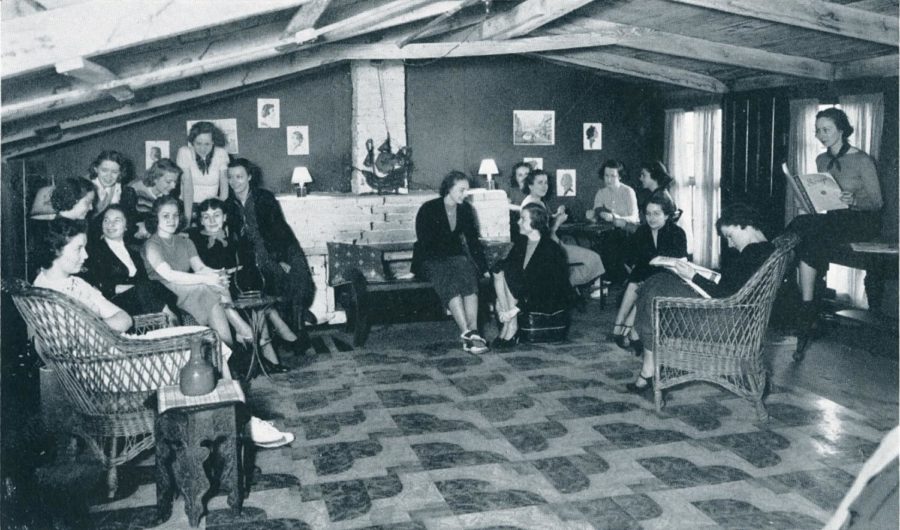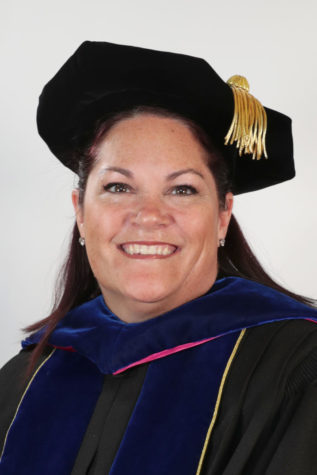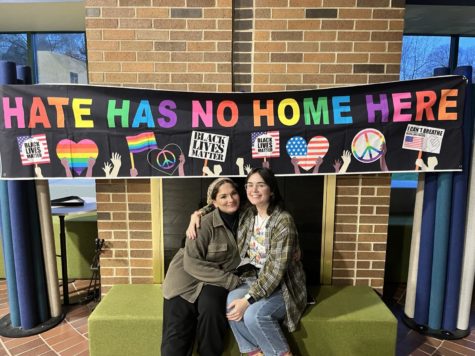From the archives feature: this week in MU History
February 8, 2023
On the third floor of Hammermill Library, one can find shelves of library books, the Language Lab, study spaces — and the repository for historic documents, photographs, and objects dating back decades and capturing the entirety of Mercyhurst’s history. These are the Mercyhurst Archives, often overlooked by the student body but a vital part of the university’s functioning. Bryan Colvin, the University Archivist at Mercyhurst, explained the importance of the archives for Mercyhurst as an institution.“Archives are important because they hold institutional memory, and as we approach the Centennial, sharing our memory with all stakeholders becomes more important,” he said, “We’re collecting memo-r y.”The Archives are preparing for the Centennial by organizing the large collection of archival photographs and providing information for those involved with the planning process. Within the Archives is a wealth of information and records, making the Archives a great resource for a range of different people.“People from the administration come because they’re promoting the history and nostalgia of the university to alumni,” Colvin said. “Alumni come purely for nostalgia, students come for research and work, but everyone comes for information of some sort.”The most popular collections, Colvin said, are the newsletters capturing daily happenings at Mercyhurst since the 1960s, the comprehensive assortment of Merciad issues dating back to the newspaper’s establishment in the college’s early years, the yearbooks and of course photographs capturing student life and scenes around campus. The Archives recently transitioned its online materials to a new digital archiving platform called Preservica. Preservica offers an improved search function and a superior user interface compared to the previous platform, ArchivesSpace. The transition required the combined efforts of Colvin along with a group of archival assistants, who are all undergraduate students here at Mercyhurst. The Archives can provide a fascinating insight into life at Mercyhurst throughout the decades of its nearly 100-year history. For example, at this time over seventy years ago, the college experienced an unexpected shock to student life. On January 27, 1951, a fire broke out at Mercyhurst’s first student union. It was known as the Roost, and it was destroyed in the conflagration. Today, it lives on, as the pub-style eatery in the lower level of the Herrmann Student Union now bears its name. Over a decade after that, Mercyhurst experienced another loss with the death of Moth-er Borgia Egan on February 11, 1962. Mother Borgia was the founder of the college and worked tirelessly to overcome obstacles and secure a firm foundation for Mercyhurst’s future. She was the college’s first president, then stepped down to serve in the administration for many years. While her passing in 1962 saddened the community, her life and achievements were celebrated. Another milestone for the college occurred on Feb. 3, 1969, when the college’s Board of Trustees approved a proposal to welcome male students for the first time. This decision meant that Mercyhurst would become a coeducational institution. While it was met with trepidation from some at first, Mercyhurst opened its gates to men the following fall and has had a thriving coeducational student body ever since. Sister Carolyn Hermann was president of Mercyhurst when the transition to coeducation occurred. In her tenure as president, she oversaw this drastic change as well as a significant expansion of the campus through the construction of several new buildings and the success of a capital campaign. But in January 1972, she announced that she would be retiring after the end of that school year. Her success made history, too: Marion Shane took on the office after she retired, becoming Mercy-hurst’s first male president. The more recent development from this week in Mercyhurst’s history were leaps forward for the institution. As hard as it is to imagine, there was a time before Mercyhurst depended on Outlook email and Blackboard to function — but the first sign of change came on January 31, 1994, when Mercyhurst received a grant to be connected to the Internet for the first time. And finally, on January 25, 2012, Mercyhurst as we know it was born when it was granted university status. Mercyhurst College was no more, replaced by Mercyhurst University. All this information and more is held within the Archives, connecting the Mercyhurst community to its rich heritage and giving inspiration to face the future.








